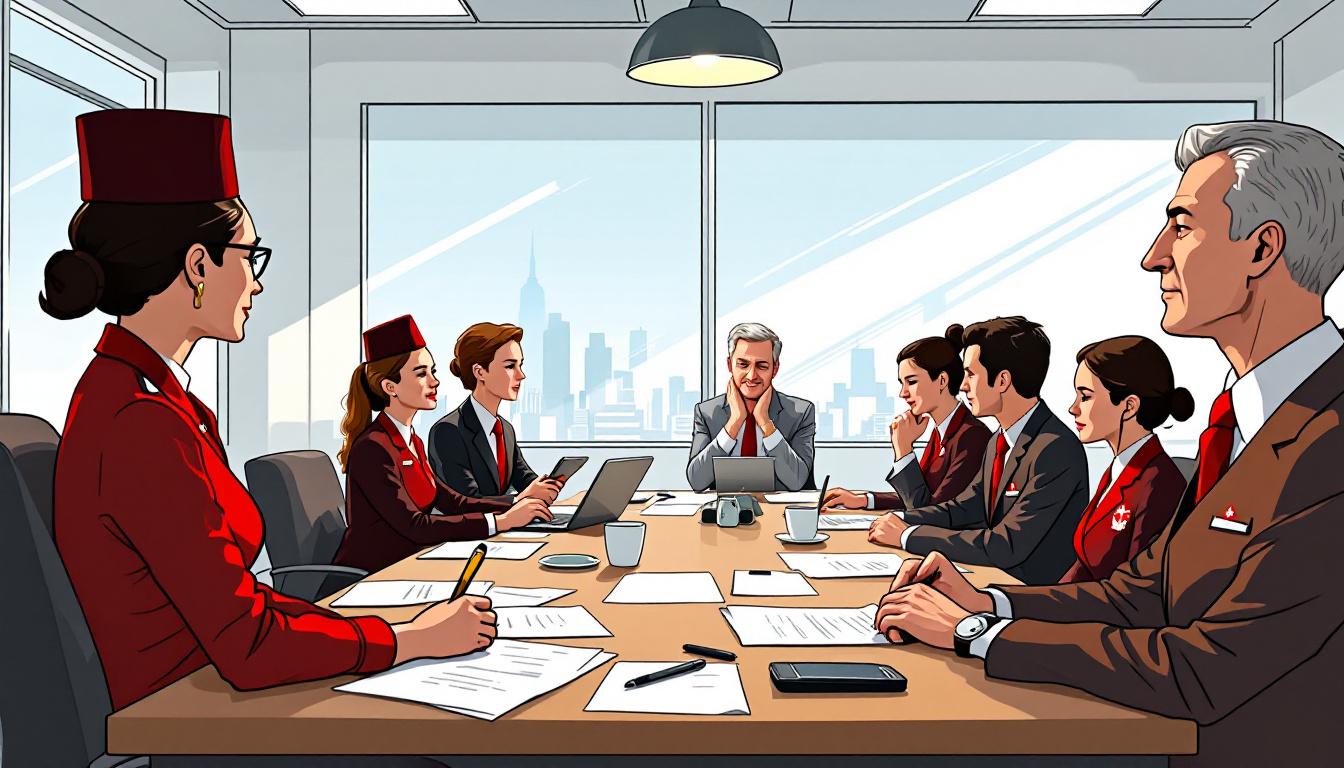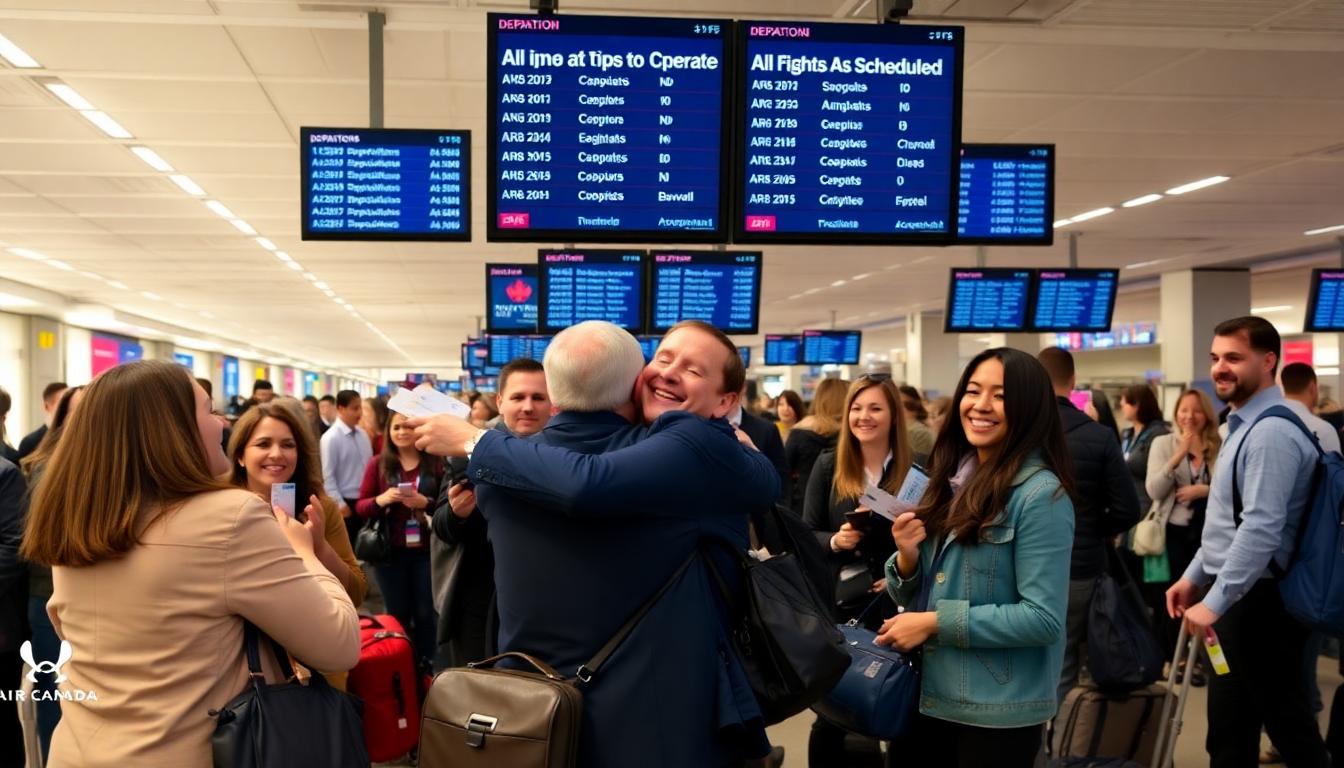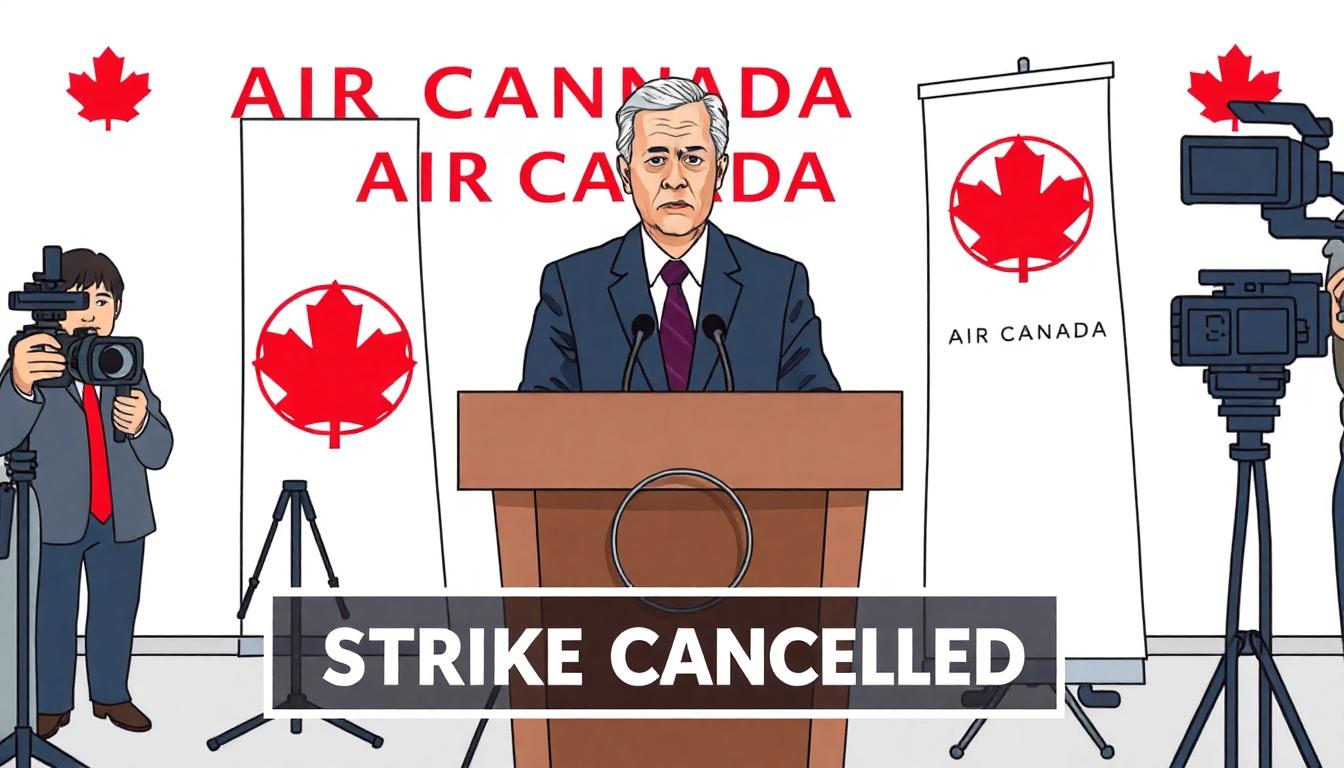After days of mounting tension, headlines, and mass flight cancellations, Air Canada flight attendants and management have reached a deal that calls off a strike which threatened to ground most of Canada’s largest airline at the height of summer travel. Here’s how the crisis developed, what was at stake, and what the future holds for both employees and passengers.
Background: A Clash Over Wages and Working Conditions
In early August 2025, the Canadian Union of Public Employees (CUPE), which represents more than 10,000 Air Canada flight attendants, issued a strike notice. They cited wages that had barely changed since 2000 compared with soaring inflation—up 69% in 25 years—and ongoing frustration over unpaid pre-flight tasks like boarding, safety checks, and baggage help. Air Canada’s recent offer of a 38% pay increase over four years was rejected, with union leaders insisting it still amounted to a pay cut after years of freezes and increased workloads.

Averted Shutdown: Last-Minute Negotiations and Government Involvement
To avoid chaos, Air Canada had started canceling hundreds of flights in a phased shutdown, impacting roughly 130,000 travelers per day. This included efforts to lock out unionized staff and reroute passengers on partner carriers, all as government officials stepped in to urge a resolution.
Federal mediators and the Canadian labor minister pressured both sides back to the bargaining table. While the government holds the power under the Labour Code to force a settlement through binding arbitration, the union strongly opposed such moves, arguing they’d set a dangerous precedent for collective bargaining rights. This deadlock gave way late Thursday evening, as both sides agreed to resume negotiations. Progress was finally made and the strike was called off as a tentative deal was reached.
The Impact: Relief—and Lingering Questions
Once the strike was canceled, Air Canada scrambled to restore regular flight schedules and rebook stranded passengers. Airport terminals saw scenes of relief as families and business travelers alike celebrated the news, with officials promising a “return to normal” in days.

Still, questions remain: Will new contracts truly close the “unpaid work” gap? Will pay finally keep up with the cost of living? And will this breakthrough impact ongoing labor disputes at other airlines or within different sectors of Canadian travel?
What Travelers Need to Know Now
With the strike averted, Air Canada has pledged to honor full refunds for canceled flights and make every effort to rebook affected travelers. Passengers should:
- Check their flight status online or via the Air Canada app.
- Look for emails about new travel arrangements.
- Contact the airline if further assistance is needed.
The airline says it may take several days for full schedules to resume, so patience remains key.
The Big Picture: Labor Relations, Government, and the Airline Industry
This showdown highlights the complex balance between workers’ rights, business needs, and government regulation. Federal authorities were clear: negotiated solutions are best for all. Yet some labor advocates remain wary of government intervention, fearing it could tip future negotiations unfairly toward airlines and big business.

For now, though, the focus is squarely on returning to normal, ensuring fair wages for those who keep Canada’s skies moving, and avoiding further disruption in a crucial travel season.
Key Lessons from the Showdown
- Fair Compensation Matters: Years of stagnant pay and unpaid duties finally reached a breaking point.
- Negotiation Is Best: Government can mediate but solutions work best when agreed at the table.
- Travelers Need Protection: Airlines and lawmakers must prioritize passengers in disruption scenarios.
The Road Ahead
As Canadian airports gradually return to normal, this high-drama episode serves as a reminder that behind every flight are thousands of workers whose needs, voices, and rights deserve respect. The deal reached will set the tone for labor negotiations across Canada’s transportation industry—and for the millions whose plans depend on steady skies.
To contact us click Here .







